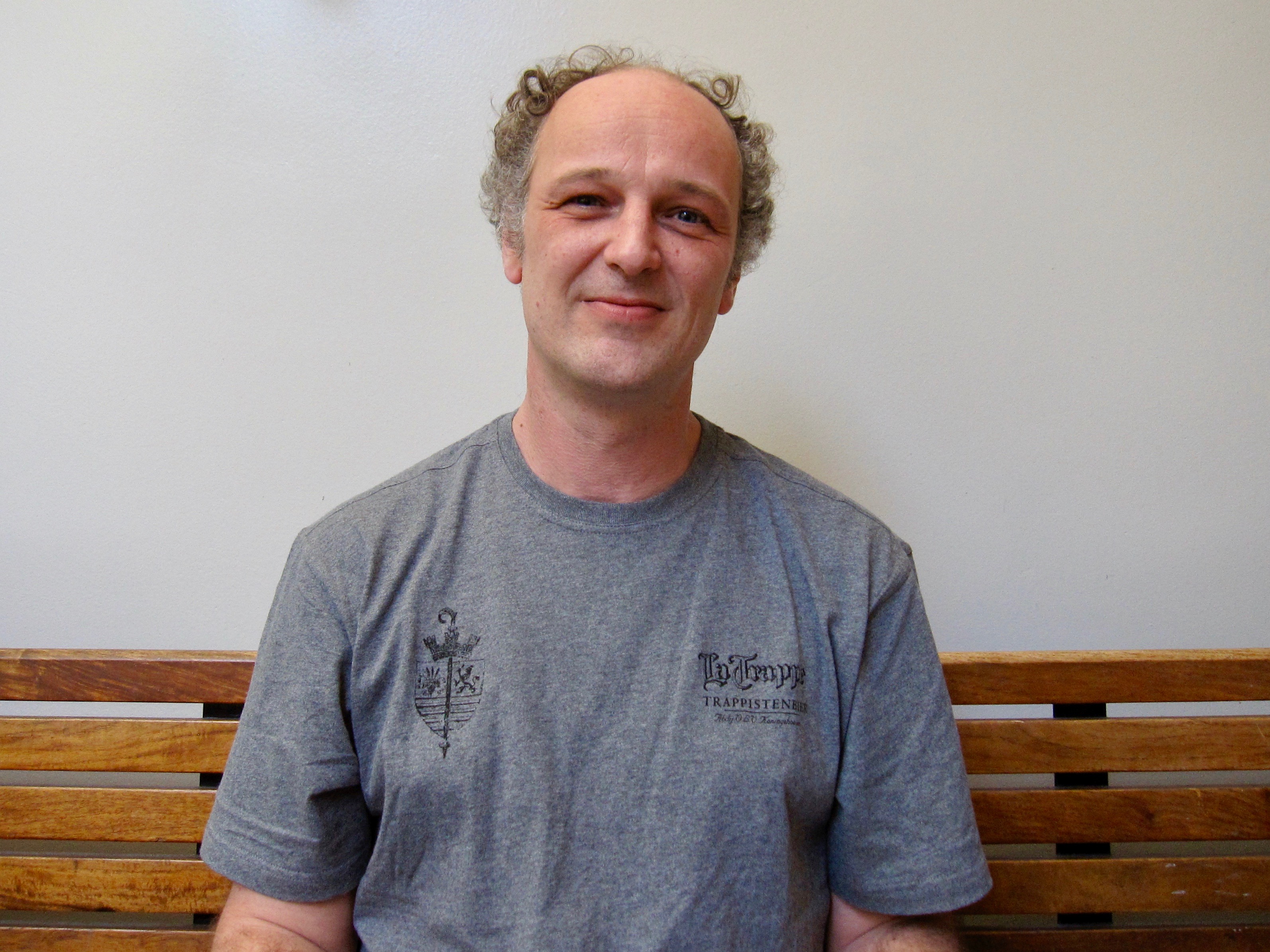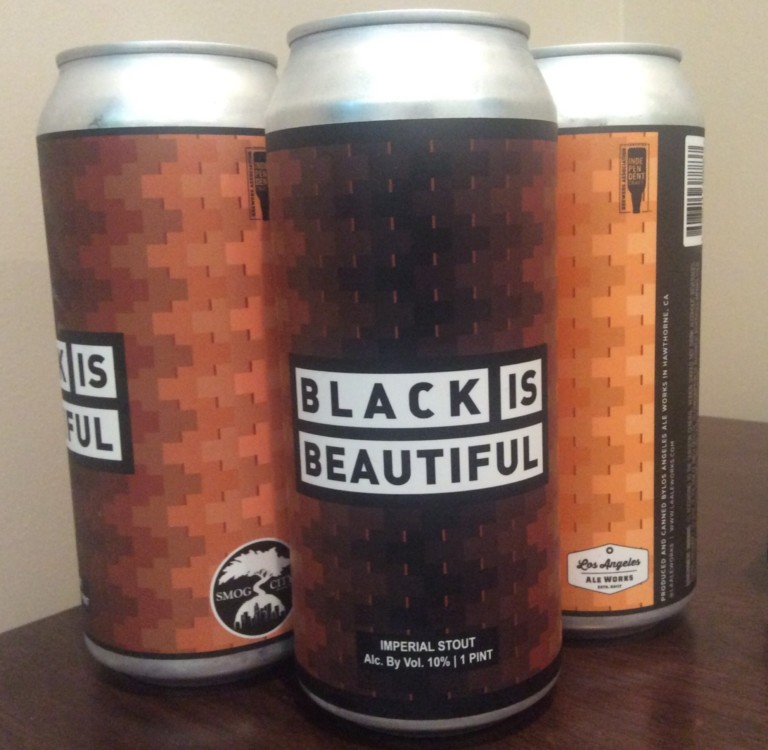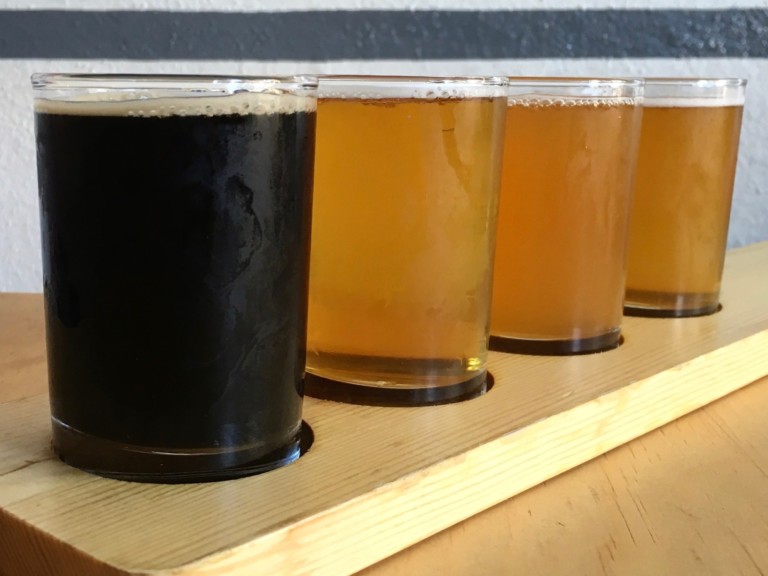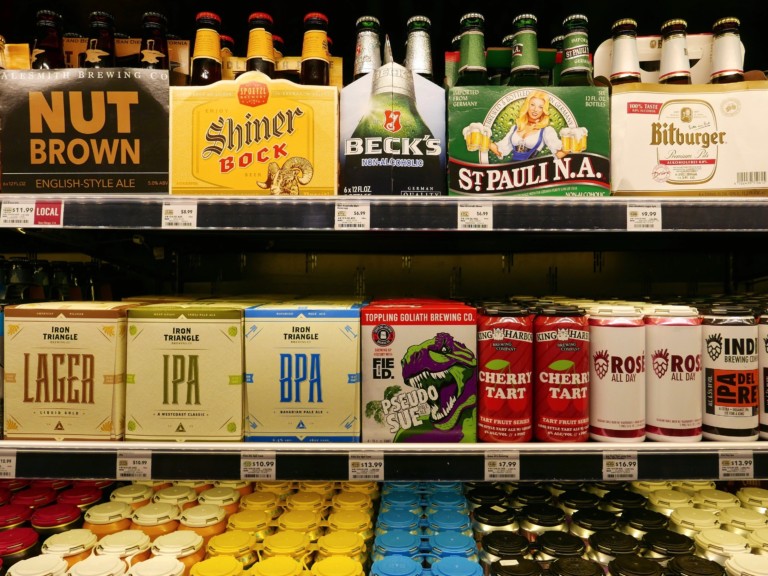Trappist breweries are traditionally associated with Belgium, but there is an alternative in the Netherlands, Bierbrouwerij de Koningshoeven B.V. The Abbey’s monks started brewing beer in 1884 as a farming alternative, and the venture proved so fruitful that the brewery is currently celebrating its 125th anniversary. Bierbrouwerij de Koningshoeven markets itself as La Trappe, but in the U.S. and Canada, look for the Koningshoeven Trappist Ale label. No matter the name, a portion of proceeds benefits Koningshoeven’s monasteries in Indonesia and Uganda. Brewmaster Lodewijk “L.J.” Swinkels was recently in Los Angeles to help promote the release of Isid’or, a 7.5% amber ale that honors Isidorus Laaber, La Trappe’s very first brewer. We spoke during his appearance at Library Alehouse, where he shared his background and approach.
What distinguishes Koningshoeven from other breweries?
Well, we’re Trappist. That means you have a different philosophy about beer. You’re not only thinking about taste. That’s of course most important, but also everything around it, including fair trade stuff.
How did you become so interested in beer?
I grew up with it. I’m a seventh generation brewer. My family started brewing around 1790.
Was it a given that you’d become a brewer, growing up?
I didn’t have to be a brewer, but I saw it, and I saw all the fun that surrounds it. I fell in love with it also.
Do you have a first beer memory?
No, I had beer before I had milk. That’s the first thing I got, one spoonful of beer, so I can’t remember that.
What was the first beer that you brewed?
That’s got to be a homebrew, but I don’t recognize what it was. I didn’t have a style back then. I was probably around 10 or 12, ruining my mom’s kitchen.
Where’d you grow up?
Holland, the southern part, near Eindhoven.
Did you go to school to become a brewer?
I studied at Weihenstephan in southern Germany.
Would you say that you have any brewing mentors?
That’s hard to say. I could say my dad. Of course I did some training in Holland and Switzerland. In Switzerland it was Schützengarten in St. Gallen. I worked there for four months, and I worked for two years in Holland, at a little castle brewery called Oudaen. I worked at Brouwerij Raaf, but that doesn’t exist anymore.
How did you end up at Koningshoeven?
I worked for my dad’s company, I started out in cooperation with Trappists and started developing beers with them, renewing them a little bit, make them better. After that they were so happy with me that I could work there full-time. That was seven years ago.
Who are some other brewers that you respect in the industry?
I respect a lot of brewers. I respect them all. There are so many, and every style has got its own brewer, so I don’t want to call any names. We should all respect each other and should give credit that each one of us, in his way, does a good job.
What’s the newest beer that you brewed, and what was your approach?
The Isid’or, of course. I’m working on a couple, barrel aging them. We recently came out with the Quad. The last real new one was Isid’or.
What was your approach with that beer?
It was the 125th anniversary of the brewery. It’s Trappist, so I was of course asking Father Abbott what he was thinking of, and he said, don’t make it too high in alcohol, 7.5% or something, and not too dark, so I made it an amber. The rest was my own creation, but to do it for an Abbey, you do it like they want it. I asked them what they want, then created a little thing around it to make a beer.
What’s your approach with the Quad
I haven’t changed anything with that beer because you never change a winning team. The only thing I’ll do with it now is barrel age it. The first batches are out now and I brought some with me.
What types of barrels are you using for barrel aging
You got a minute? I’ve got new oak, burnt, half burnt, acacia wood, port barrels, white wine barrels, a couple more. The port barrels are five or six types, already. I’ve got 5 or 6 new French oak.
Do you use a combination of barrels or produce a each batch in a different barrel
Both. I think if you have a very good taste in one, you should take a single one. On the other hand, you also blend sometimes. For instance, the one I brought here was 20% new oak, medium toast, and 80% port barrels.
If you could drink one more glass of beer, what would it be?
Only one more? Last one. Something strong, and a big one. I love my beer. I love making beer. To think that I cannot drink anymore, it would be a very sad day to me. I would make it big and strong, probably my Quad.









Leave a Comment